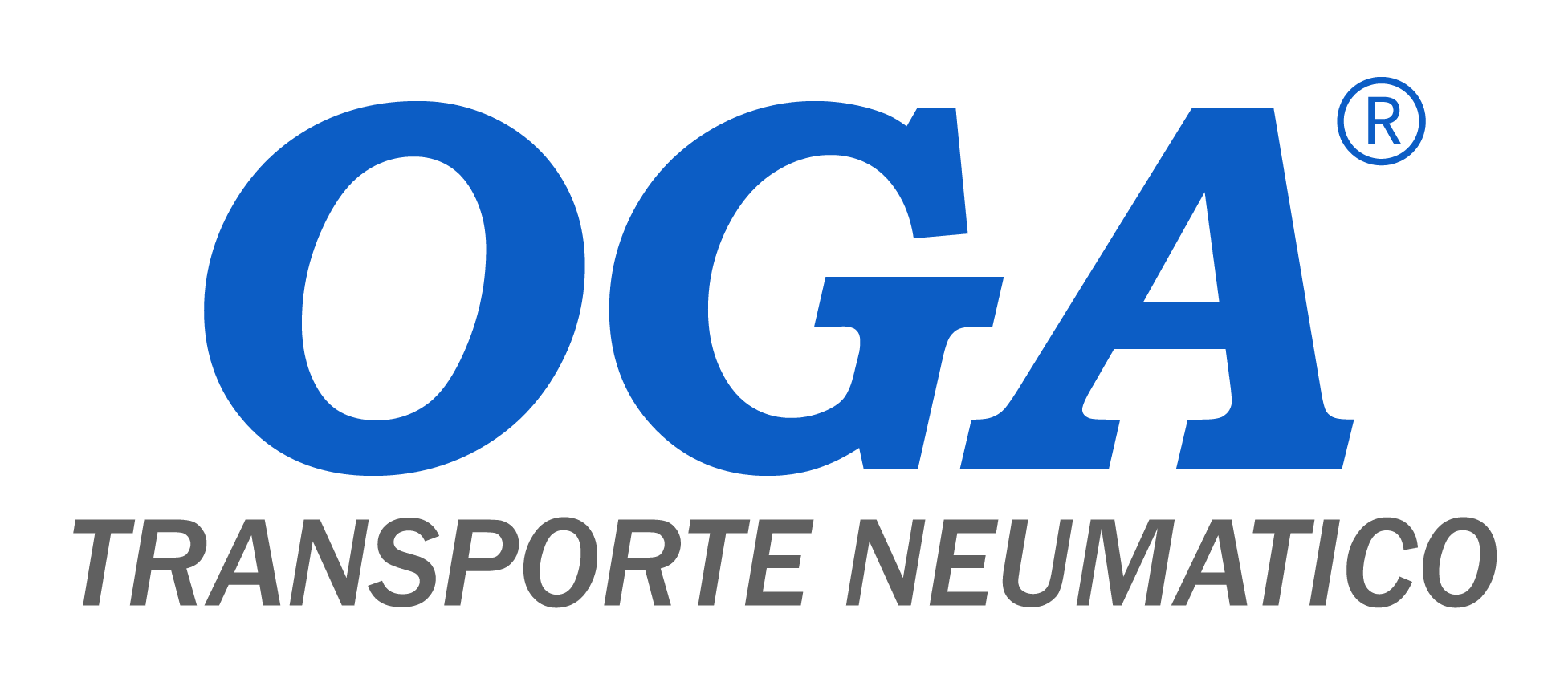
Four indispensable factors in the selection of pneumatic transport systems.
Choosing the right pneumatic transport systems for your company involves a series of considerations, including the type of materials to be transported, storage process, packaging, and supervision and control of industrial processes.
Understanding these aspects will enable you to make a comprehensive selection of a transport system that ensures safety and quality in the productive outcomes of your company. With over 26 years of expertise in the design, manufacturing, and installation of pneumatic transport systems worldwide, we would like to share some important factors that should be validated when selecting a suitable system for your company’s objectives.
1. Project Justification
At times, this factor is not very clear at the beginning of the assessment for the implementation of a MATERIALS HANDLING system. It is crucial to define the justification for considering a pneumatic system, understanding its benefits in the production process to be intervened (savings, flexibility, hermeticity, contamination elimination, ergonomics, industrial safety, etc.). With this clarity, the solution can be focused on addressing the needs that will ultimately justify a potential investment. The question that must always be answered for the decision-makers is: What is the direct benefit of this implementation, and what savings does it generate for the company in terms of installation and operation?
2. Definition of Scope
Once the previous item is defined, the system to consider for SOLIDS HANDLING, it is equally important to focus the system on covering the essential need and then evaluate complementary alternatives as optional. In this type of application, it is easy to lose sight of what is intended to be covered with the PNEUMATIC TRANSPORT SYSTEM, leading to the inclusion of subprocesses in the development of a proposal that are not necessarily essential to fulfill the project justification. A typical example of this situation is the easy projection of SILOS, even if the process in essence does not require them. There are solutions that only require transitioning from bag handling to BIG BAG to achieve a return on investment in an OGA system.



3. Definition of the Type of Transport
Although virtually any solid product is feasible for mobilization through PNEUMATIC TRANSPORT SYSTEMS, it is essential to correctly select the type of pneumatic transport, whether it is VACUUM TRANSPORT, BLOWING TRANSPORT, or in DENSE PHASE or DILUTE PHASE. In the case of products that have already been mixed or have high hardness, making them abrasive, it is advisable to use DENSE PHASE TRANSPORT SYSTEMS. This is because the velocity inside the dense phase transport pipeline is between 5 to 10% of the speed of a dilute phase system, preventing segregation or wear of the pipeline in the system. The transport distance should also be considered, with DENSE PHASE systems being suitable for covering long distances or high flows of transferred material.
4. Manufacturer's Experience
The proper design of pneumatic transport systems involves a high degree of complexity, with more than 23 variables at play in this process. However, the success of a system is defined by two crucial variables:
- The theory and mathematical model of selection (50%)
- The manufacturer’s experience with similar installed products and systems (50%)
OGA currently boasts a track record of over 2,000 installed and operational pneumatic transport systems, managing distances exceeding 250m horizontally, 50 meters vertically, and flows up to 180 tons/hour. This experience solidly supports the success of new applications.




